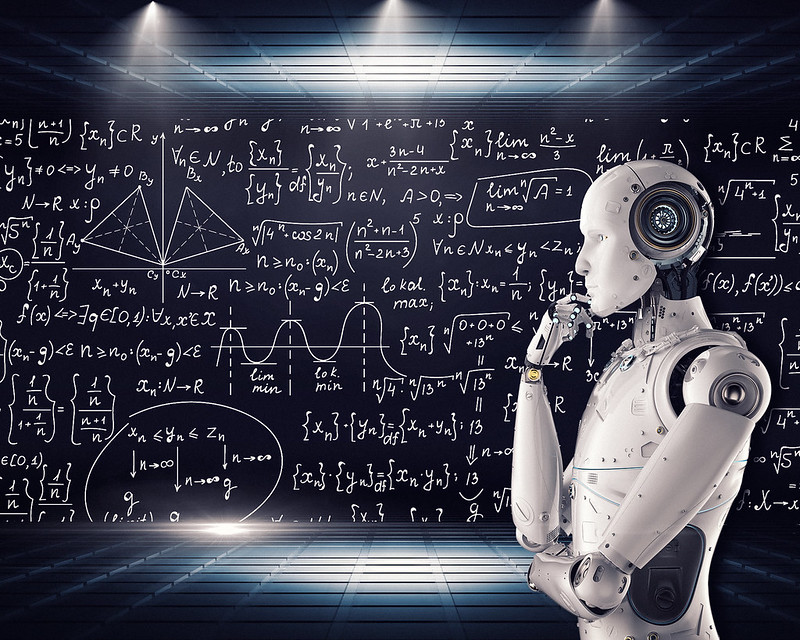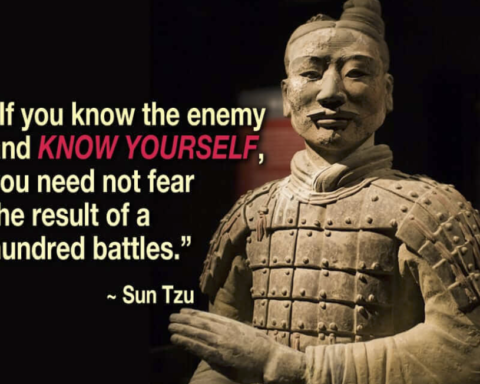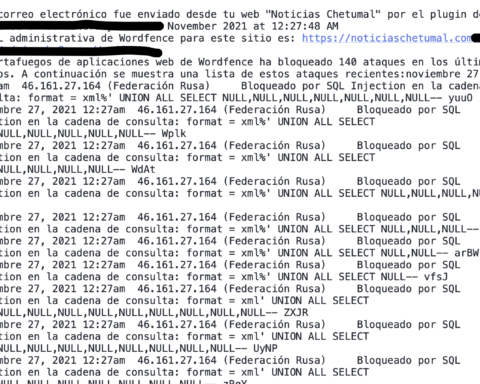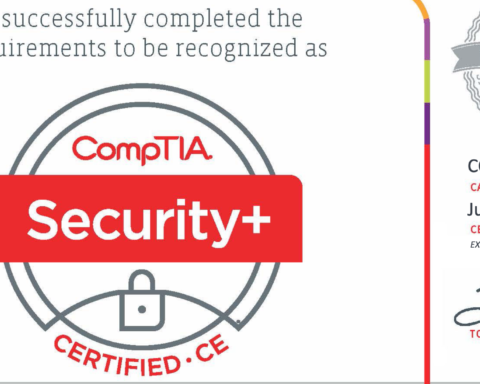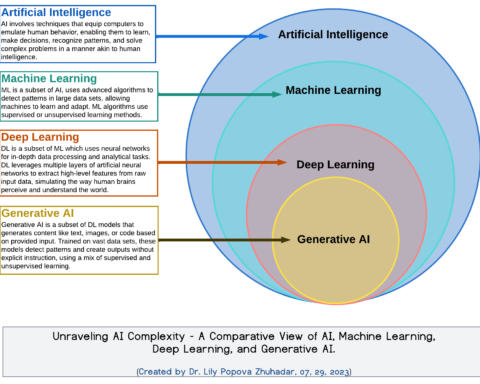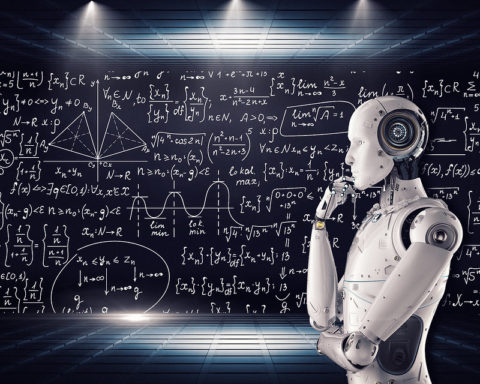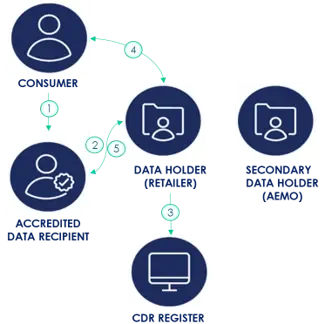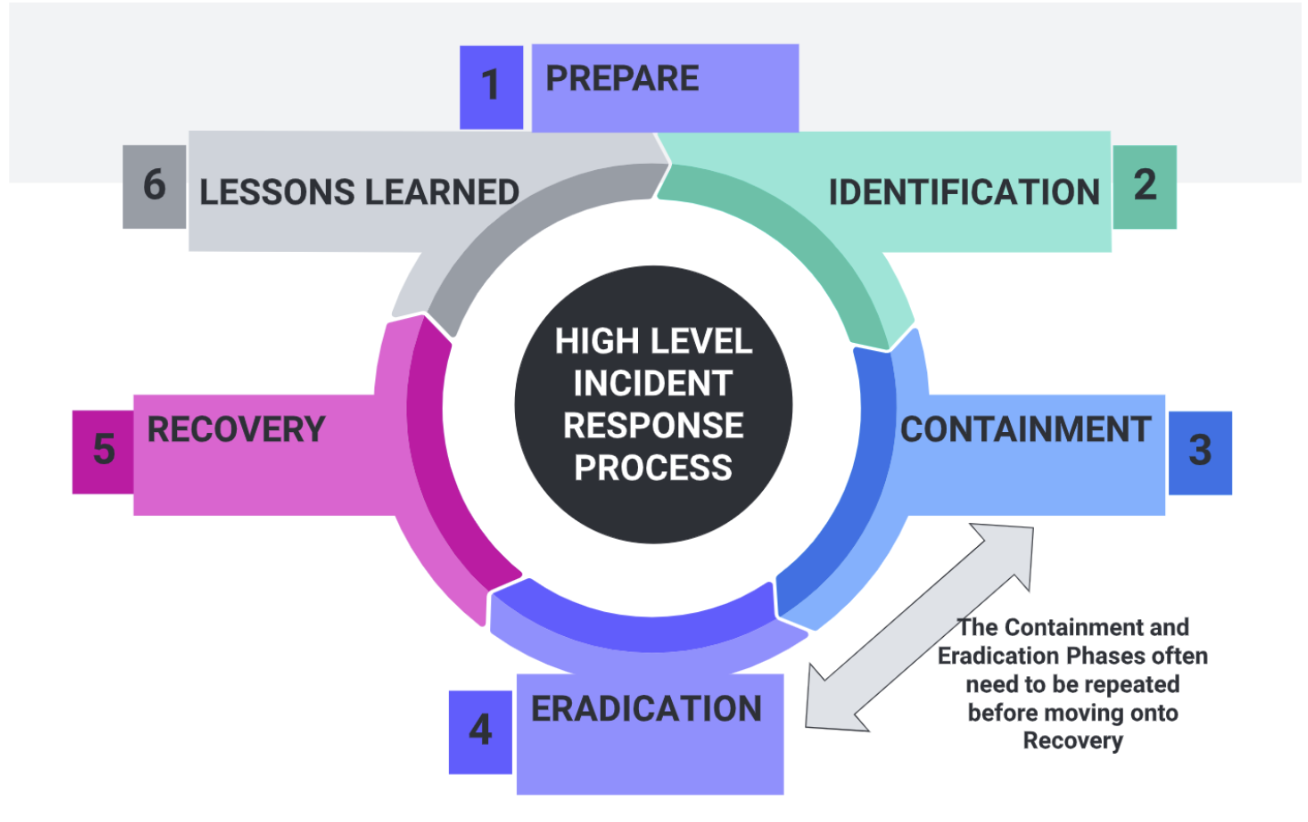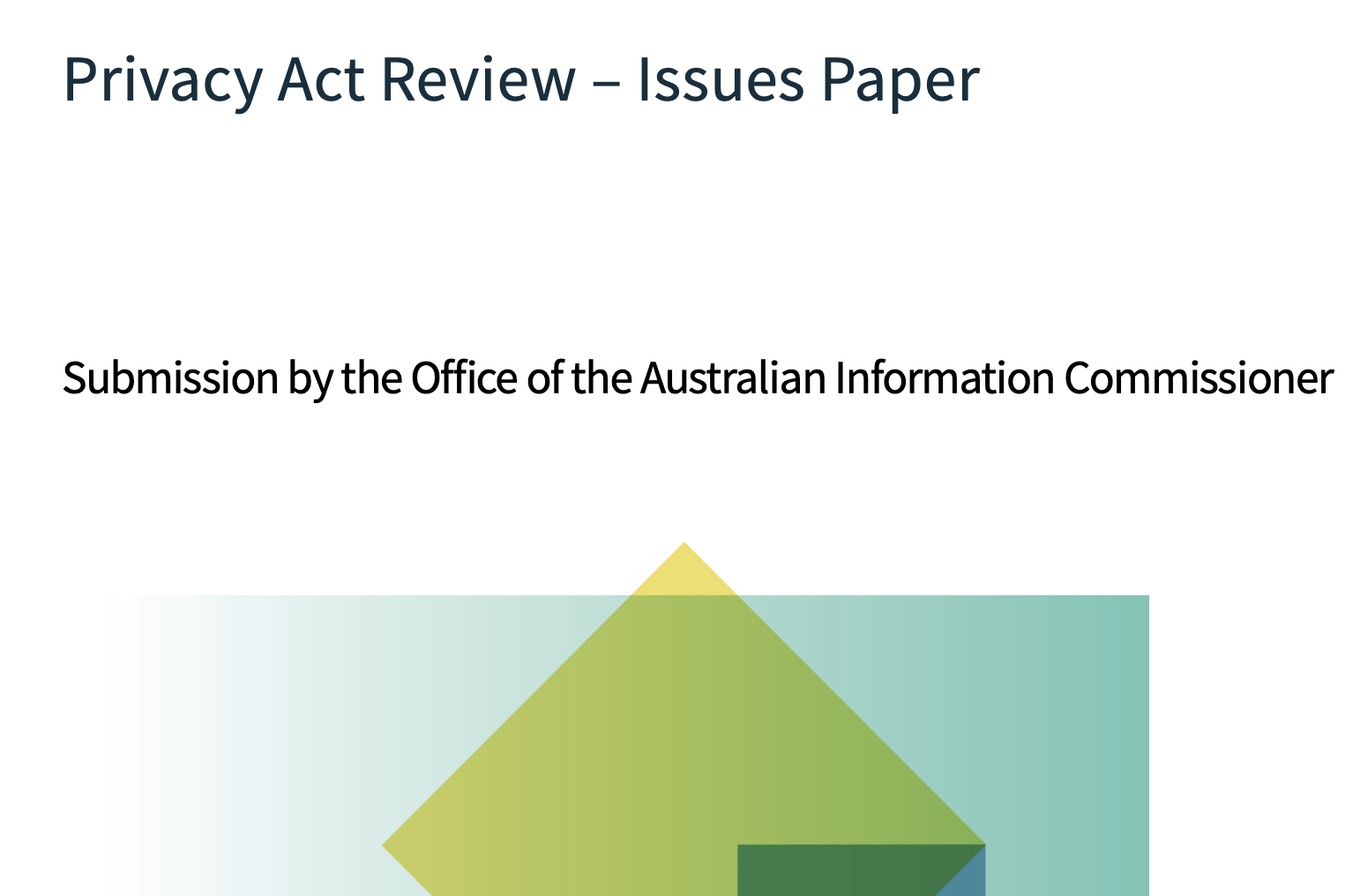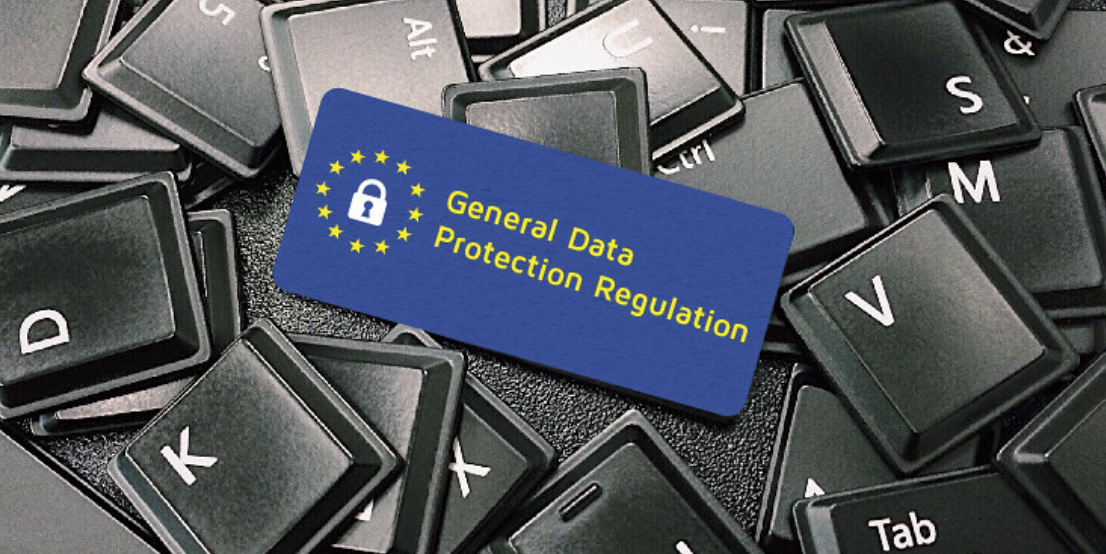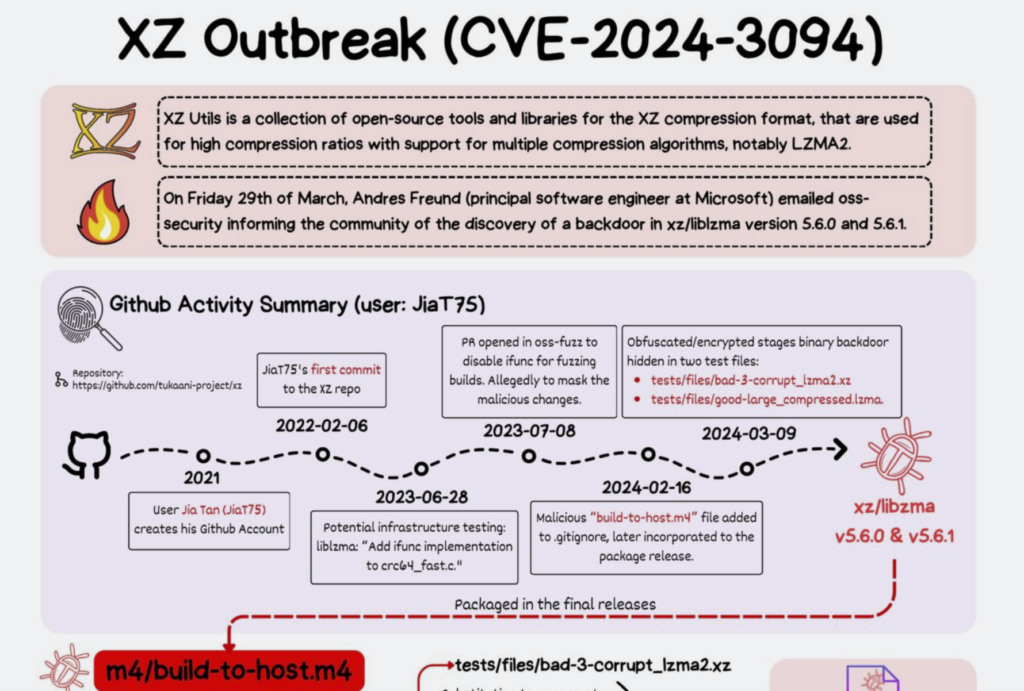The Five Safes is a system framework helping make decisions about making effective use of data originally developed by the UK Office of National Statistics. It has since been adopted by institutions and governments around the world, including Australia, and consists of five elements:
- Safe People asks if the researcher can be trusted to use the data in an appropriate manner?
- Safe Projects asks if the use of data is appropriate?
- Safe Settings asks if the access facility can limit unauthorised use?
- Safe Data asks if there is a disclosure risk intrinsic in the data?
- Safe Outputs asks if the statistical results are non-disclosive?
Dr Ian Oppermann spoke of a modified ‘Five Safes’ whereby he expanded on the Australian Computer Society’s research and proposed what happens when ‘people’ are substituted for ‘algorithms’ in the Safe People element. A machine learning algorithm may be given access to restricted data because it is often superior to a human when performing the clustering or classification of the data. A Safe Algorithms element as part of the Five Safes may occur when restrictions and scrutiny are placed on an algorithm, which should be far more strict than the restrictions placed on a human researcher.
Other thought leaders in data security have proposed adding Safe Algorithms to the Five Safes by creating a Sixth Safe instead of switching the Safe People when a non-human is considered being granted access to the data. “Is the algorithm transparent and scrutinisable in an ongoing manner?” asked Marc Rands in his paper The effective and ethical development of artificial intelligence: an opportunity to improve wellbeing. For AI algorithms, Rand concludes, the behaviours and access conditions must be enforced but will need supervision as they evolve over time during ‘continuous learning’. Biases that the algorithm may develop should also be monitored as algorithms have been shown to amplify sexist and racist prejudices or evolve to consider positions beyond the scope of that intended by the AI’s developers. Therefore, as the AI technology adapts, recalibrating elements of the Five Safes Framework will help make decisions on the effective use of sensitive data.
ACS. “Data Sharing Frameworks.” Www.acs.org.au, Sept. 2017, www.acs.org.au/insightsandpublications/reports-publications/data-sharing-frameworks.html.
Australian Bureau of Statistics. “Five Safes Framework | Australian Bureau of Statistics.” Www.abs.gov.au, 11 Aug. 2021, www.abs.gov.au/about/data-services/data-confidentiality-guide/five-safes-framework.
Oppermann, Ian. Australian Council of Learned Academies Horizon Scanning Series the Effective and Ethical Development of Artificial Intelligence: An Opportunity to Improve Our Wellbeing. 2018.
Rands, Marc. The Effective and Ethical Development of Artificial Intelligence: An Opportunity to Improve Wellbeing. July 2019.
Wikipedia. “Five Safes.” Wikipedia, 20 Oct. 2022, en.wikipedia.org/wiki/Five_safes. Accessed 7 Jan. 2024.
